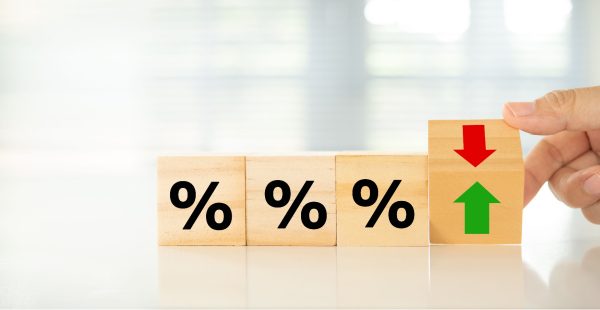Easing inflation butters up markets for soft landing

The latest commentary from AXA Investment Managers’ (AXA IM’s) Chris Iggo has confirmed that the current inflation figures in the United States are pointing to a soft landing.
The manager’s Chief Investment Officer, Core Investments, said while the US’ inflation remains a little sticky, it is unlikely rates are set to rise.
“The chances of rates not being cut by as much as they could be is being well flagged (even if sell-side forecasts are more aggressive). Investors like stable credit yields and the implied carry that brings to fixed income portfolios,” Iggo said.
“And if economic growth is better, then the equity return foundations are also better. The macro environment remains supportive for investment-grade credit, high-beta credit and growth equities.
“The current state of the economy means the Fed does not want, or need, to cut rates aggressively. Some sell-side forecasts are looking for more cuts than currently priced in – and this is especially the case for forecasts of the European Central Bank’s (ECB) policy rate – which points them towards a “harder landing” scenario.
“This might just reflect the conditioning of expectations of monetary policy responses that were forged in the era of unconventional monetary policy. Current pricing puts a 60% chance of a rate cut in June and a total of 100 basis points’ (bp) worth of reductions in the Fed Funds Rate by year-end.”
Iggo also suggested that a hard landing scenario, while potentially on the cards, is also unlikely, considering other more hard-pressed economies, such as Europe, the UK and China, have managed to avoid a recession.
“A hard landing scenario would imply much weaker growth data in the months ahead, disinflation, a more pronounced rise in the unemployment rate and a decline in corporate profits. Rates would be cut more aggressively in this scenario and financial markets would respond in a typical ‘recessionary’ way with risk premiums rising on equities and credit, and bond yield curves steepening rapidly.
“The chances of a hard landing in the US need either a shock or a meaningful change in the monetary policy outlook.
“A no-landing scenario is where growth does not slow enough to allow spare capacity to emerge, or residual inflationary pressures to ease. The stickiness in service sector inflation together with growth close to trend might tilt the Fed towards keeping rates higher for longer. Some market commentators have publicly argued that the Fed will not cut interest rates at all this year.
“While a hike in rates is a very low probability outcome, financial conditions could tighten if rate expectations reflect no change. A no-landing scenario which avoids ending in higher inflation and more tightening would be nothing short of an economic miracle and depends entirely on a US productivity surge. There is a lot of hope that artificial intelligence (AI) can boost productivity, but it is probably too early for it to bend the laws of economics that much.
“Rates bulls want a hard landing because that will boost returns from duration and yield curve steepening strategies. They are not getting it now. I would argue that if rates bulls are eventually right and central banks ease aggressively, they will be doing so because not only will inflation be back at target, but growth will be weak and that will bring stresses for corporate balance sheets and cashflows.
“In other words, what is good for rates is not likely to be good for credit and equities. The data might eventually provide that long-duration and short-risk opportunity. But not for the now.”












Yeah, add this to the track list of Canberra's greatest hits.
What about the genesis of the term "Qualified Adviser". Did we ever learn of the clown who devised that term…
AMP don’t have any control over where the linked adviser channel places their business. The Joint parliamentary committee seems to…
Too little too late … they will dismiss you like your nothing!!
Is it clear who instructed Dixon remain as an AFCA member? There was a question on notice in the senate…